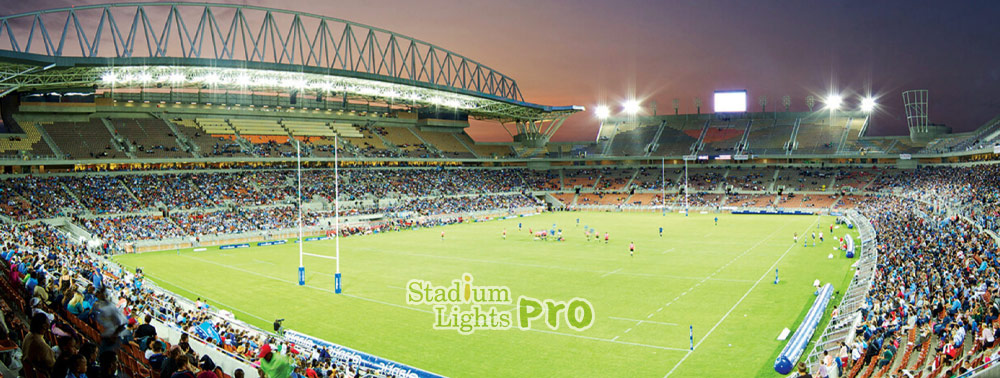Tampa’s desire for a waterfront stadium in the bustling downtown area has been a long-standing dream for many residents and fans of the Tampa Bay Rays. This dream was recently given new life when the team submitted a proposal to the city of St. Pete, and reports emerged that they were also considering a site along the historic Ybor Channel. This location, which was previously an active shipyard, had been dismissed as a potential site back in 2016 due to its configuration and distance from the thriving neighborhoods of Channelside and Ybor.
However, recent developments have revealed that the shipyard is indeed relocating and the majority of the surrounding land has been purchased by prominent Ybor developer Darryl Shaw. This acquisition of land is a clear indication that the possibility of a stadium at this location may be more viable than previously thought.
Furthermore, the Ybor channel location offers a unique opportunity to blend sports and entertainment, by having a waterfront stadium in a historic district, it would also drive tourism and development in the area, bringing a new level of excitement and energy to the city.

The idea of a new stadium for the Tampa Bay Rays at the former shipyard site along the Ybor Channel in Tampa has gained traction recently, following the team’s submission of a proposal to the city of St. Pete and the release of a stadium rendering by leading design firm Populous. The image, which was obtained by the Tampa Bay Business Journal through a public information request, has sparked excitement among fans and residents who have long desired a waterfront stadium in the bustling downtown area.
While the location of the former shipyard has potential as a site for a stadium, it presents several challenges for other types of development, such as housing or commercial activities, due to its lack of easy access to other parts of the city. However, a stadium could serve as a catalyst for the development of a waterside activity hub, attracting businesses and visitors to the area.
Despite the team’s submission of the proposal and the release of the rendering, there is currently no official stadium proposal under consideration and the Rays have not held any substantial discussions about the site with city or county officials. A significant amount of work and negotiations would be required before this location becomes a viable option for a new stadium.
One of the key players in this scenario is Ybor developer Darryl Shaw, who would need to be interested in selling or partnering with the team to develop the stadium and surrounding amenities. It is unclear what would make this project attractive to Shaw, and whether he would seek an ownership share of the team or not. Additionally, team owner Stu Sternberg, who has been facing difficulties acquiring ownership from minority shareholders, would need to be willing to part with a piece of the team in order to secure a stadium in Tampa.
Public officials would also need to be on board for a number of things, including rezoning the site and investing in public infrastructure to make it viable. The City of Tampa would need to be supportive of the project and willing to move quickly on land use changes and capital investment to meet the team’s goal of building a stadium by 2028.
Funding for the stadium, which is likely to reach close to $1 billion, is another critical aspect to consider. While St. Petersburg and Pinellas County have access to funding sources such as the Pinellas Tourist Development Tax and the expected redevelopment benefits from the larger site redevelopment, which can be captured through a Tax Increment Finance district, the same resources are limited on the Hillsborough side of the Bay. Hillsborough County already has substantial commitments to other projects such as the Convention Center, Amalie Arena, Raymond James Stadium and Steinbrenner Field, and it is unclear what they would have available for a baseball stadium.
The area is already part of the Channelside Community Redevelopment Area (CRA), which includes the west side of the Ybor Channel area, this could make the creation of a new Tax Increment Finance district even more complex.
One of the key considerations is whether the City Council, which oversees all Community Redevelopment Areas (CRA), would be willing to use CRA funds, which have been used to build infrastructure for the massive new construction found all around the Channelside district, largely in this new area. Moreover, it would be essential to consider whether there is enough potential for development along the channel to make this a good use of public dollars and if it could extend to the unanticipated opportunities on the northeast side of the water.
Another crucial aspect to consider is the timeline for the project. Even if all the pieces could come together, such as city approvals, city funds, and county funds, it is uncertain how long it would take to complete the project. Furthermore, the team’s current home city of St. Pete/Pinellas County may require a full commitment from the Rays before moving forward with their plans. This means that the Rays may need to fully commit to the St. Pete redevelopment before having any assurance that an Ybor Channel stadium is feasible.
A stadium on the Tampa side of the Bay could potentially draw more attendance and more corporate support than what is likely to be seen in St. Pete. However, St. Petersburg and Pinellas County have both the means and the willingness to provide significant financial support for a stadium and the Mayor, Rick Kriseman, is unlikely to wait around any further while the Rays explore other options.

